Studies show that Ixodes ticks can also cause alpha-gal syndrome
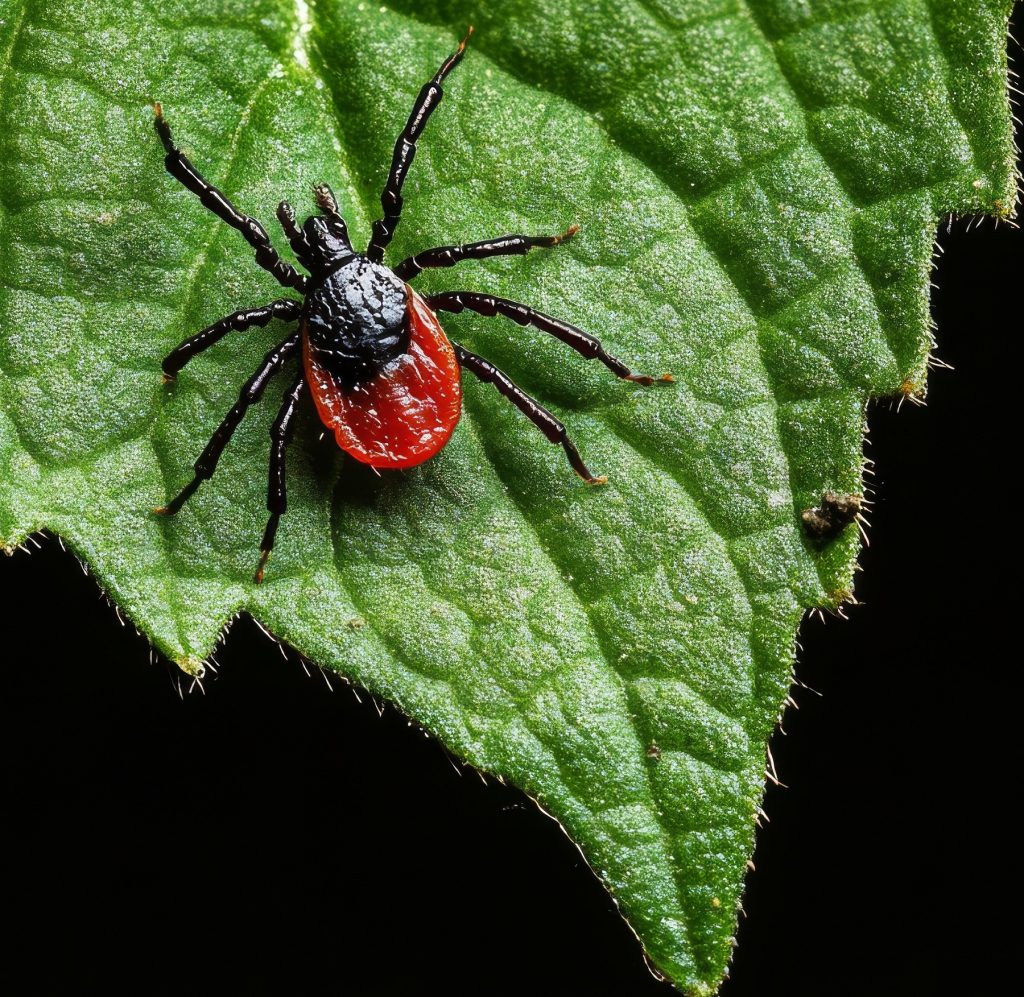
By Meg Muckenhoupt
For years, many researchers have assumed that alpha-gal syndrome (AGS) in the US was caused by only one species of tick: the lone star tick (Ambylomma americanum), which is most common across the Midwest and South and does not carry Lyme disease.
Two new studies report cases of AGS triggered by bites of blacklegged ticks (Ixodes scapularis and Ixodes pacificus) in Maine and Washington. This species is better known for carrying Lyme disease.
This research bolsters patient reports of developing both Lyme disease and AGS after the same tick bite.
AGS is a tick bite-induced allergy to galactose-α-1,3-galactose (alpha-gal), a sugar molecule found in meat from all mammals except for humans and some primates. It’s also found in milk, other ingredients derived from mammals, and some seaweeds used to make carrageenan, a common food additive.
People with AGS typically develop symptoms a few hours after eating food containing alpha-gal. These symptoms can include hives, rashes, vomiting, diarrhea, or anaphylaxis—a potentially life-threatening allergic reaction.
In the first AGS study, a 45-year-old woman living in Maine found a tick attached to her arm following a walk. Entomologists confirmed it was an adult female blacklegged tick (Ixodes scapularis). She had not traveled outside of Maine for more than three months.
The bite site became inflamed, with a large red circle expanding on the side of her arm. Nine days after the bite, she began having delayed abdominal pain, diarrhea, and vomiting after eating rabbit, beef, and other mammal products. Tests showed evidence of AGS, and when she avoided eating meat for 13 months, her symptoms resolved.
Similar case on opposite coast
The second study involved a 61-year-old wildlife biologist in Washington state–which has no established population of lone star ticks. Like the Maine patient, she had a tick bite which became painful after she removed the tick, with a reddened area the size of her hand. She went to an emergency department for treatment, the tick’s mouth parts were removed, and she was given doxycycline.
A month later, the woman experienced itching and hives, and her lips and tongue began to swell. She called paramedics, who responded and administered three doses of epinephrine to combat her anaphylaxis. She was diagnosed with AGS and switched to a vegetarian diet.
The Washington woman first showed symptoms of AGS in 2017. She was bitten again by ticks in Washington State in 2020 and 2022. Both times, she had the same red, itchy skin reaction, and her alpha-gal IgE level – the measure of the body’s allergic defense to alpha-gal – skyrocketed. She submitted both ticks to the Washington State Department of Health, which identified them as Western blacklegged ticks (Ixodes pacificus).
These studies demonstrate how important it is for health authorities to monitor the status of both Lyme disease and AGS across every state–not just where we expect to see these devastating conditions.
Documenting the extent of AGS and Lyme disease and tracking their expansion is the first step in attracting the public health resources needed for provider education and other help for people with AGS and Lyme.
See also: Missouri bill tackles alpha-gal syndrome and Lyme disease
Meg Muckenhoupt works with Alpha-gal Information, an Alpha-gal Alliance project.


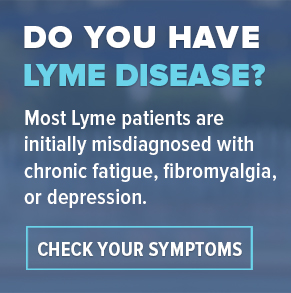
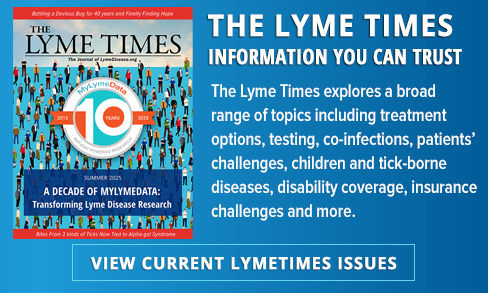





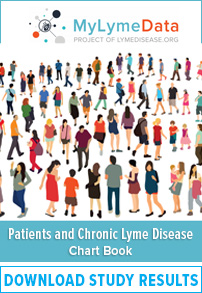
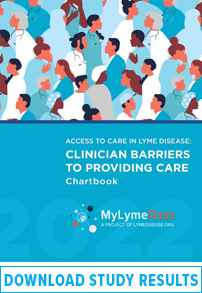




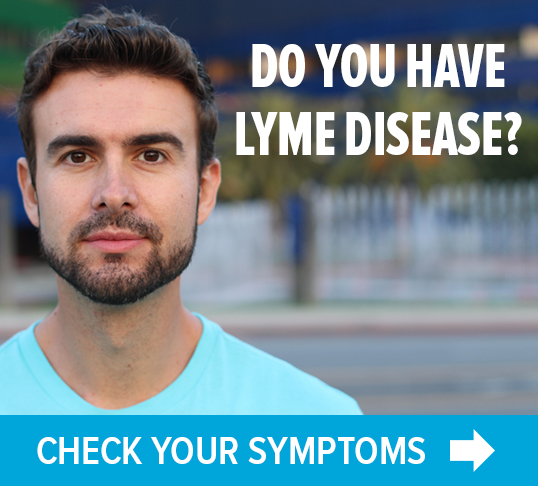




We invite you to comment on our Facebook page.
Visit LymeDisease.org Facebook Page